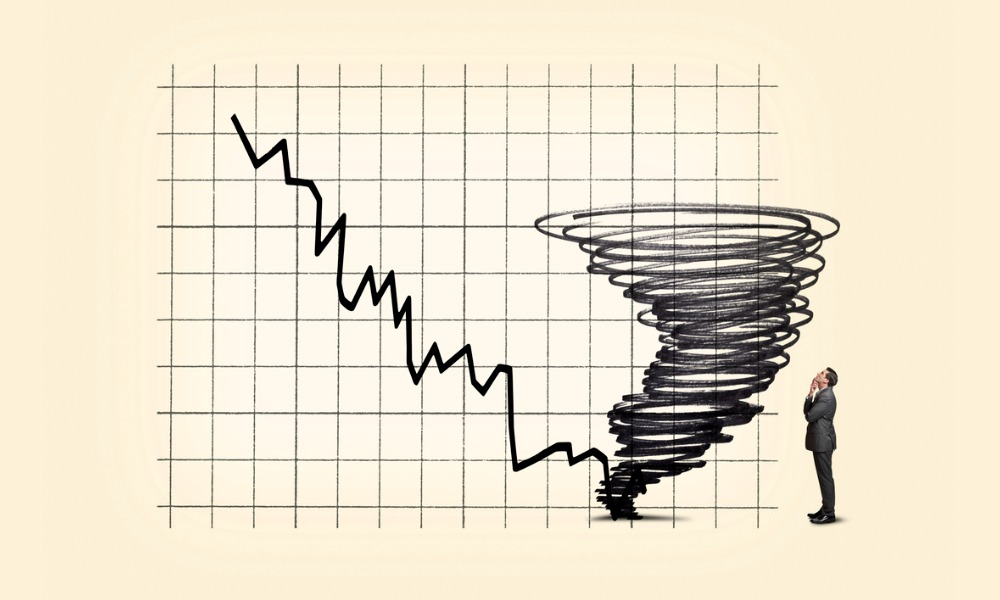Head-to-head analysis of low- and high-volatility investment funds finds clear winner

While some investors maintain that having lower-volatility equities in portfolios makes for better returns, others argue that a dose of volatility is necessary to achieve the long-run performance that stocks are expected to deliver.
While a lot of real-world factors can play a role – whether an investor tries (and fails) to time their investments, how concentrated or diversified their portfolio is, their appetite and tolerance for risk, and so on – a recent analysis published by the CFA Institute attempts to determine which is true.
In a blog post, Derek Horstmeyer referred to how the “low-volatility anomaly” view of investing – the lower the performance volatility of a security or portfolio, the higher its anticipated return – has driven the launch of hundreds of ETFs and mutual funds whose underlying portfolios are expressly designed to minimize volatility. However, there are also high-volatility funds for investors who take the classic view that higher risk results in greater reward.
“[W]e used Morningstar Direct data to examine the returns of all low- and high-volatility equity mutual funds and ETFs over the past decade,” Horstmeyer said, describing the research he did with Ana K. Garcia, a senior at George Mason University. Horstmeyer is a professor at George Mason University School of Business.
Their sample universe of funds, he said, includes all U.S. dollar-denominated equity mutual funds and ETFs that target minimum volatility – often named “low beta” or “minimized volatility” funds – and funds and ETFs that invest in high-volatility stocks, which collectively are called “high beta” funds.
“We then analyzed how these funds performed relative to one another on a post-tax basis in the United States, internationally, and in emerging markets,” Horstmeyer said.
They found that over the past 10 years, the average U.S. high-volatility fund earned an annualized return of 15.89% on a post-tax basis, while the average U.S. low-vol fund yielded just 5.16%. Looking at the past five years, U.S. high-beta funds saw an average annualized return of 14.33%, compared to 7.83% for low-vol strategies.
Horstmeyer and Garcia saw the same patterns for international/global funds, among which high-vol funds returned 5.81% over the past decade compared to just 2.51% for their low-vol counterparts. Similarly, emerging market mutual funds and ETFs with a high-vol overlay delivered 4.55% over the past 10 years, compared to just 0.11% for the EM funds and ETFs that were low-vol.
“Indeed, most low-volatility funds didn’t even match a broad market index,” Horstmeyer said, noting that the average S&P 500-focused mutual fund or ETF saw 11.72% annualized returns over the past five years, and 10.67% over the past 10 – far exceeding the returns low-vol funds have produced as a class.
“All told, whatever the conceits of the low-volatility anomaly, high-volatility stocks have earned considerably higher returns over the past 10 years,” he said. “Whether this trend continues over the next 10 years or was itself an anomaly will be a key development to watch.”



